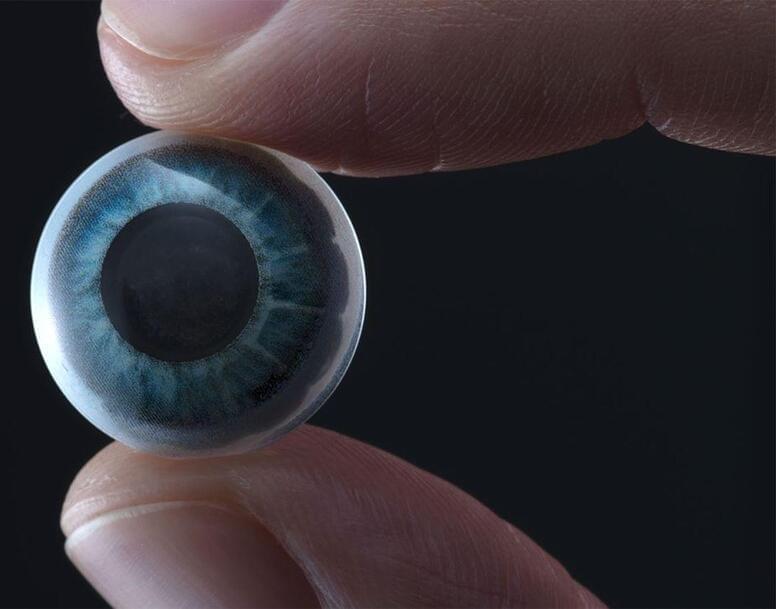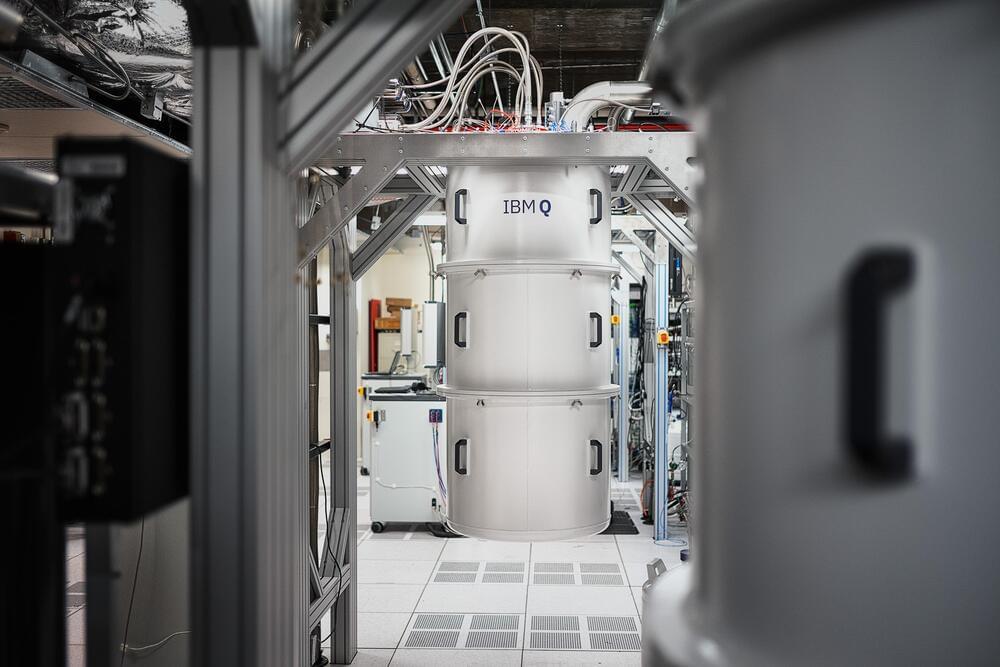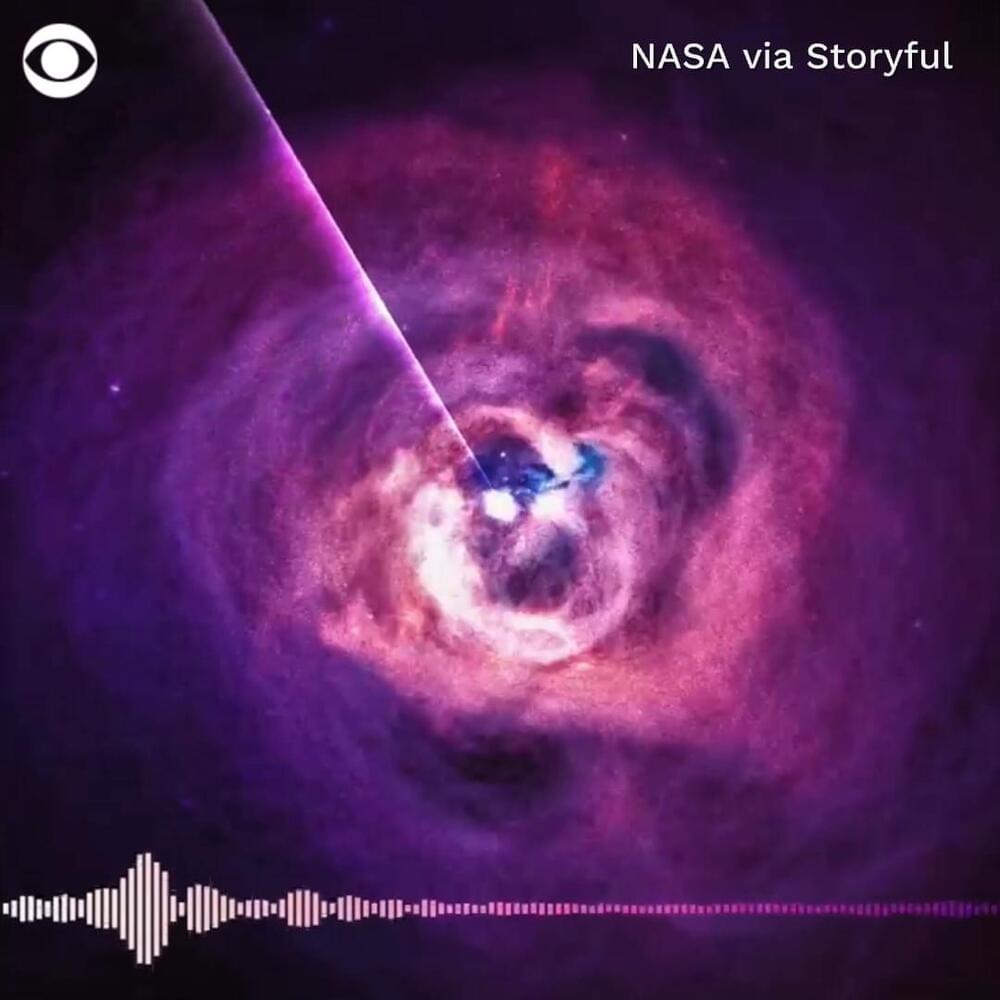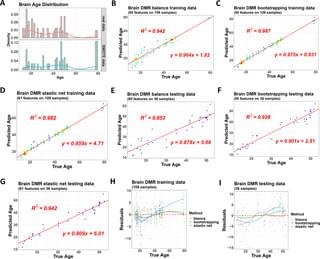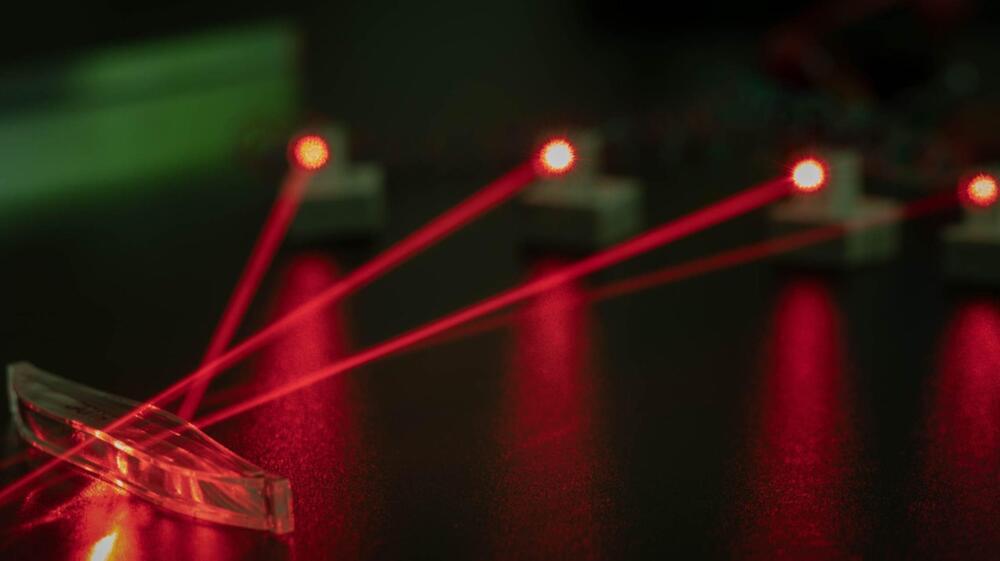Circa 2020
A startup has built what it claims is the “world’s first true smart contact lens” with an embedded display that would bring augmented reality experiences closer to your eyeball than ever before.
The company is called Mojo Vision, and its Mojo Lens is the culmination of over a decade of research, development, and patent filings (it’s racked up over 100 patents to date). While it’s not shipping a product (yet), the company is currently demonstrating a working prototype.
“After extensive research, development, and testing, we are excited to reveal our product plans and begin sharing details about this transformative platform,” said Drew Perkins, CEO at Mojo Vision. “Mojo has a vision for Invisible Computing where you have the information you want when you want it and are not bombarded or distracted by data when you don’t. The technology should be helpful, and it should be available in the moment and fade away when you want to focus on the world around you.”
